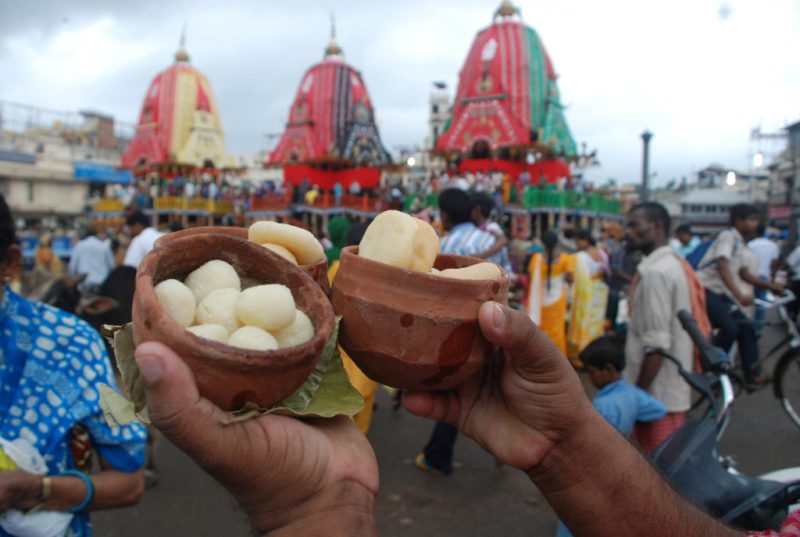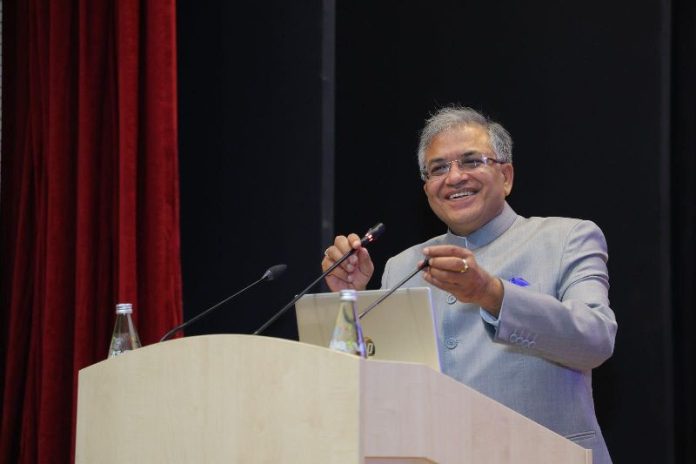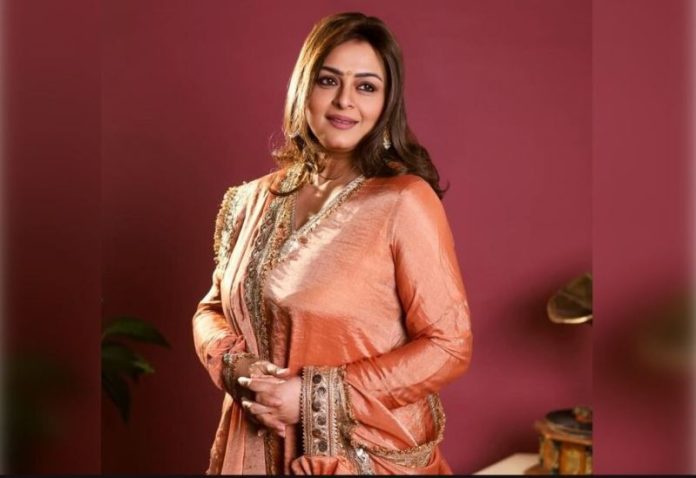Puri, Odisha – The grand spectacle of Lord Jagannath’s annual sojourn comes to a divine close with Niladri Bije, a ritual that resonates with spiritual warmth, age-old traditions, and deep-rooted symbolism. Held on the final day of the Rath Yatra festival, Niladri Bije marks the ceremonial return of the Holy Trinity—Lord Jagannath, Lord Balabhadra, and Devi Subhadra—to the sanctum sanctorum of the Sri Jagannath Temple, following a nine-day stay at the Gundicha Temple, their maternal aunt’s abode.
While the Rath Yatra draws attention for its grand chariot processions and public festivities, Niladri Bije unfolds as a more intimate, symbolic, and emotionally resonant ritual—highlighting divine relationships, mythological drama, and timeless spiritual values.
The Divine Drama Unfolds
Following the Bahuda Yatra—the return journey from the Gundicha Temple—the three deities pause outside the Singhadwara (Lion’s Gate) of the main shrine. Before Niladri Bije takes place, two important rituals are observed on the chariots: Suna Besha and Adharapana.
During Suna Besha, the deities are adorned with majestic gold ornaments, transforming the chariots into golden thrones. This spectacular visual treat draws lakhs of devotees who flock to witness the Lords in their regal form. The next day, the Adharapana ritual is performed, where a sacred drink made from milk, banana, sugar, and aromatic spices is offered in large earthen pots. This offering is meant to appease the unseen spirits, guardian deities, and celestial beings believed to accompany the Lords during their divine journey.
Only after these ceremonies does the climactic ritual of Niladri Bije unfold. On this evening, Lord Jagannath seeks to re-enter His temple, but Goddess Lakshmi bars His entry—still upset that She was left behind during the journey to Gundicha Temple. In a loving gesture of reconciliation, Lord Jagannath offers Her Rasgulla, a syrup-soaked sweet, seeking forgiveness and peace.
Upon receiving the offering, Goddess Lakshmi’s anger melts away. She symbolically opens the gates of the sanctum, allowing the Holy Trinity to return home. This divine reunion, steeped in emotion and devotion, marks the spiritual conclusion of the annual Rath Yatra.
Rasgulla and Ritual: A Cultural Connection
The offering of Rasgulla to Goddess Lakshmi during Niladri Bije is deeply rooted in Odisha’s tradition. Historians and temple records trace this ritual back to the 12th century, asserting Odisha’s longstanding cultural link with the beloved sweet. This act of appeasement underscores the emotional narrative of the ritual—even divinity embraces reconciliation, humility, and love.
The offering of Rasgulla also strengthens Odisha’s cultural identity and has become a symbol of the state’s culinary heritage, celebrated each year as a part of Rasgulla Dibasa.
Devotion Beyond Ritual
Beyond the mythological charm, Niladri Bije is a powerful symbol of homecoming and harmony. It signifies the return of order, the fulfillment of divine duties, and the restoration of cosmic balance. As the Lords re-enter their sanctum, devotees feel a renewed sense of spiritual completeness. The air around the temple resonates with chants of “Jai Jagannath,” as emotions flow freely among the gathered devotees.
A Living Tradition
In an ever-evolving world, Niladri Bije remains a timeless testament to faith, ritual, and culture. It is not just the end of a journey, but the beginning of another year of divine grace. The emotions, the traditions, and the spiritual richness that surround Niladri Bije continue to connect generations of devotees to a legacy that is as much about the heart as it is about the divine.
As the temple doors close behind the returning Lords, Puri sleeps peacefully. Lord Jagannath is home. Harmony is restored. And the promise of divine protection lives on—until the chariots roll out once more next year.










